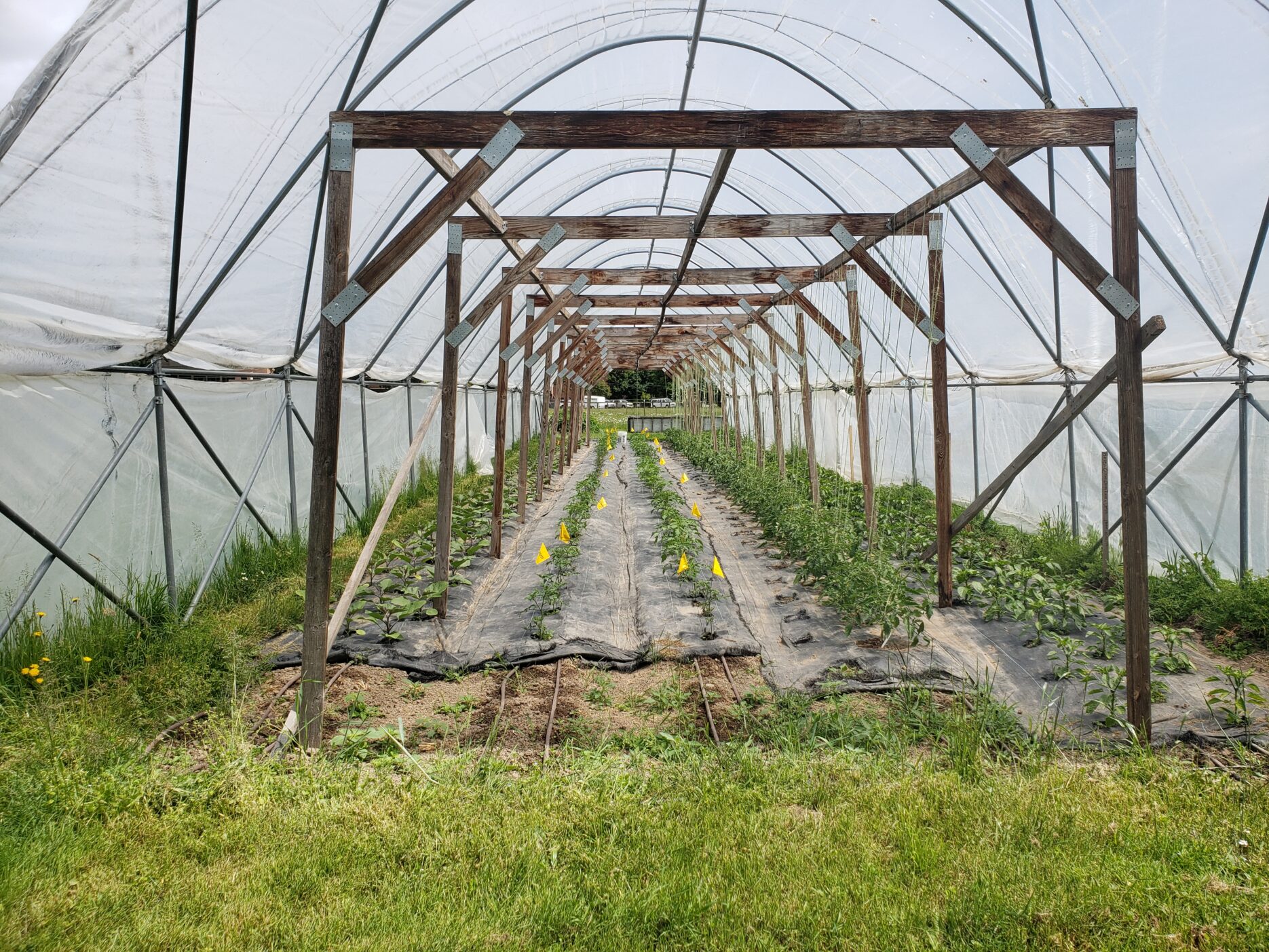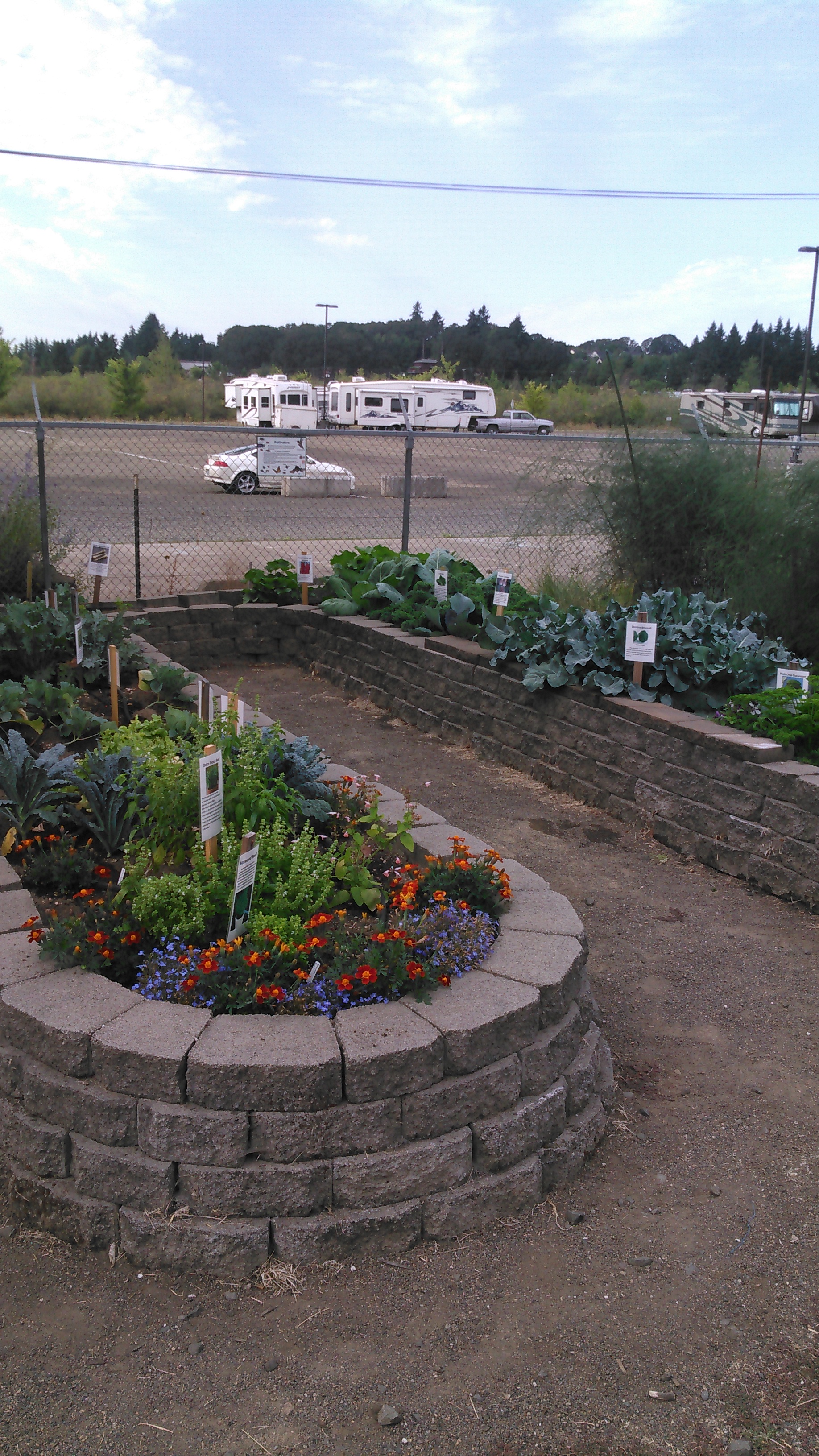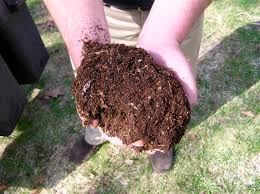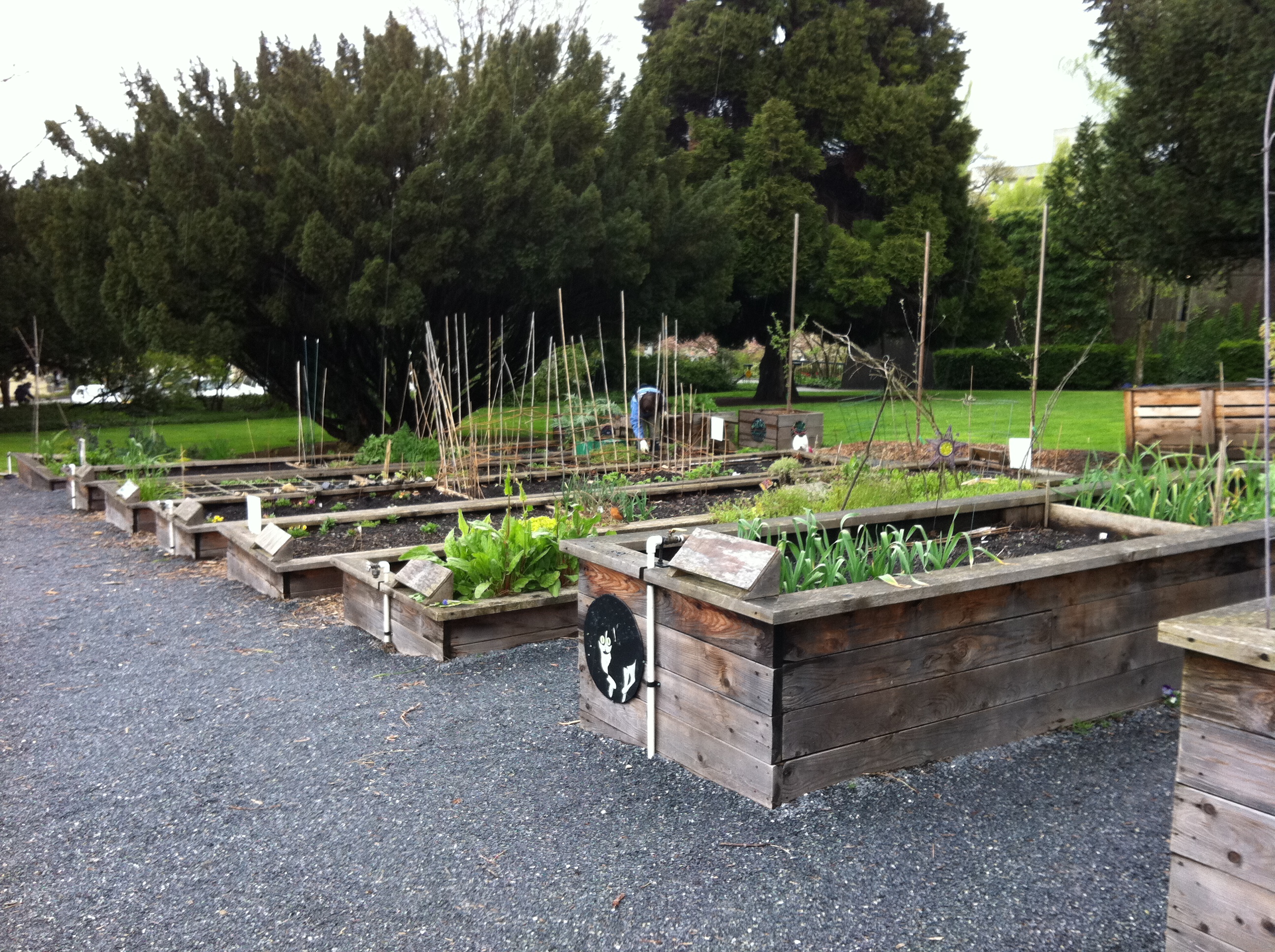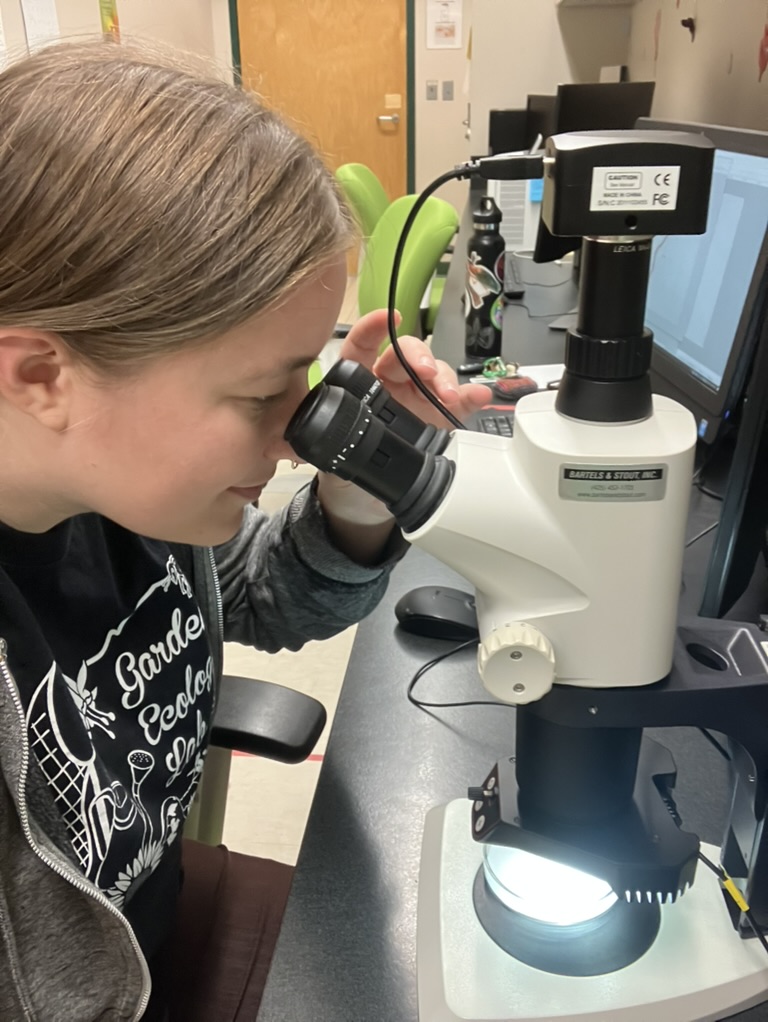This article was originally written for and published in the HPSO Quarterly Magazine, and was greatly improved by the suggestions of the HPSO editorial team.
In a follow up post, M.S. student Anna Perry will share her best tips for removing plastic from garden soils.
Plastic pollution now represents one of society’s greatest environmental challenges. In commercial horticulture, plastic use gained momentum in the 1960s, as new plastic materials were developed. Growers who used plastic materials to insulate crops or warm the soil gained an economic advantage by getting crops to market earlier. Today, plastics are ubiquitous in horticulture. Although data on the magnitude of horticultural plastics use are sparse, estimates suggest that farmers collectively use as much as 500,000 tons of plastic, per year,I of which 490,000 tons are plastic films.II
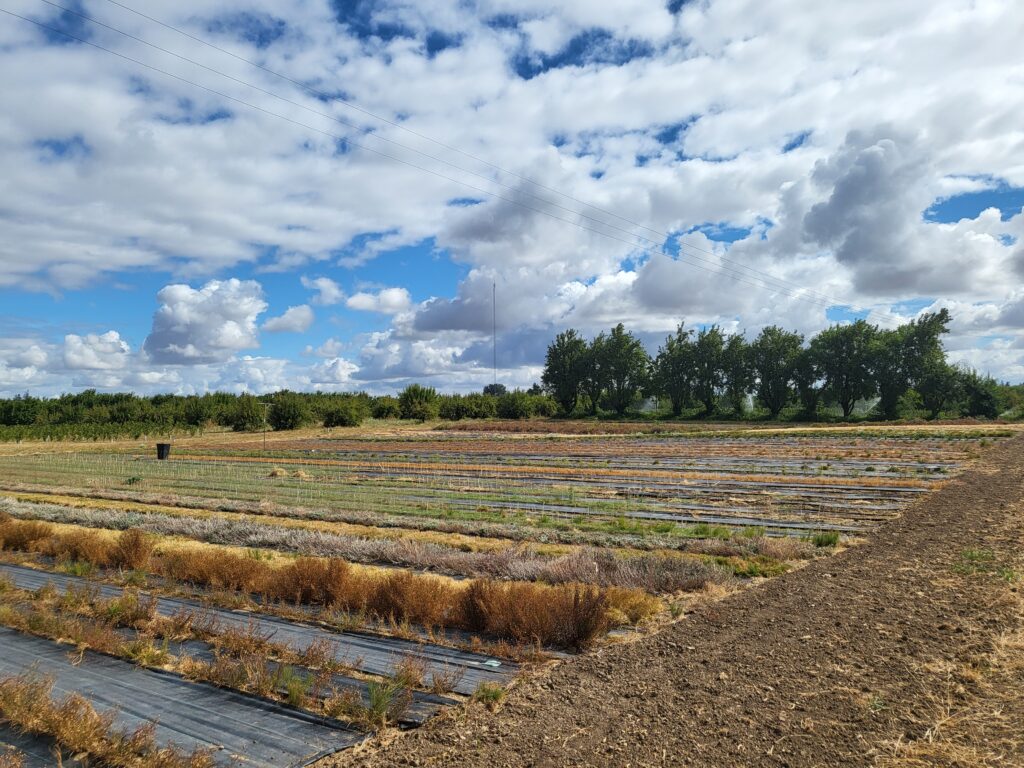
What has developed in the realm of commercial horticulture has strongly influenced gardening practices. Even the most dedicated gardener will have trouble avoiding plastics in the garden, in the form of polyvinyl chlorides (e.g. PVC piping), polystyrene (e.g. styrofoam, sometimes used in potting soils), polyethylene (e.g. plastic films), polypropylene (e.g. weed fabric, grow bags, and seed trays), and methyl acrylates (e.g. greenhouse panels).
The bulk of early plastics research focused on improving durability and stability of plastics with additives and coatings. This increased their lifespan in the field but ultimately complicates or negates recycling. As plastics tear or degrade into smaller and smaller fragments, they become microplastics (1 – 1,000 micrometers) and nanoplastics (0.001 – 1 micrometers).III The transition to smaller and smaller plastic types makes it practically impossible to recover and remove micro- and nanoplastics from the soil.
Biodegradeable plastics (also known as bioplastics) were first introduced in the 1980s. They consist of a biodegradeable starch and synthetic polymers, usually polybutylene adipate terephthalate (PBAT) and polylactic acid (PLA). Including synthetic polymers, more than 100 chemical additives have been identified in bioplastics, including flame retardants, UV stabilizers, and colorants.IV Bioplastics have yet to gain traction in the marketplace, mostly due to their higher cost, but also because of issues with inconsistent breakdown and concerns related to the environmental impacts of PBAT and PLA release, as the products degrade.
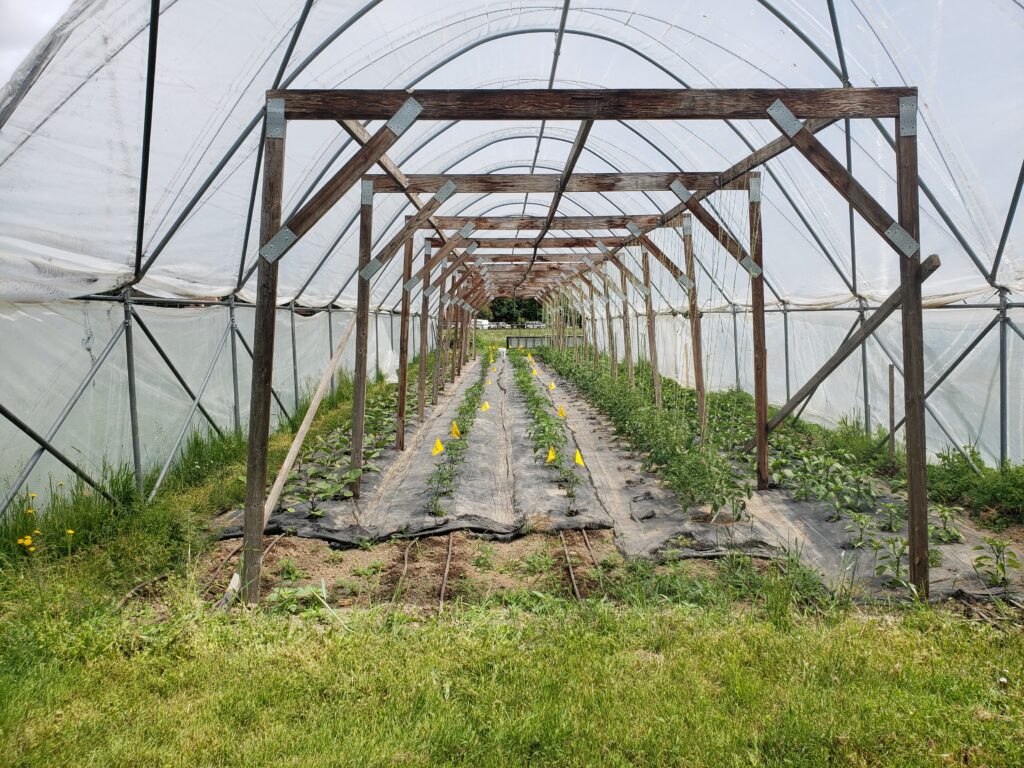
Studies of plastic pollution in terrestrial environments are relatively new, with most papers published in 2020 or later. Land-based plastics research has lagged due to the complexity of soil ecosystems, the chemical similarity of carbon-based plastics and organic matter, and the consequent technical difficulties of separating plastic from soil and organic matter.V Nonetheless, we know the environmental effects of plastic pollution in soils are wide-ranging. The discussion below details results from more than 30 research studies, which are reviewed in a new publication by Oregon State University’s Susanne M. Brander, and colleagues, including several of us at OSU.VI
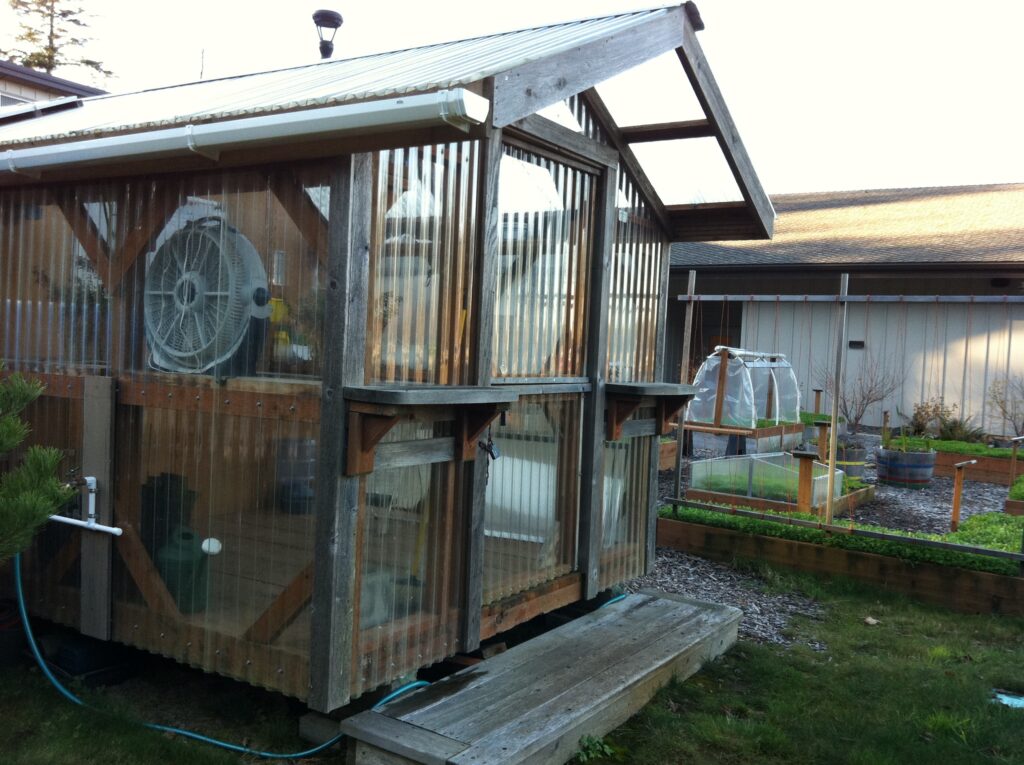
As plastics degrade, they can alter soil pH, clog soil pores, reduce drainage and air exchange, and change soil carbon-to-nitrogen ratio. Plastic fragments serve as novel habitat types for some soil microbes, but they ultimately decrease the biodiversity of soil microbial communities. Micro- and nanoplastics can accumulate in the roots of edible crops, where they reduce crop growth. In lab conditions, researchers have demonstrated that microplastics move through the food chain. This means that microplastics in the soil are taken up by plants, ingested by herbivores, and ultimately consumed by predators. Micro- and nanoplastics can also adsorb a variety of chemicals, metals, and biomolecules, which makes them durable carriers and sources of many toxic compounds.
Microplastics have been shown to decrease earthworm survival, growth, and reproduction. Somewhat ironically, earthworms are active transporters of microplastics through the soil column, such that microplastics can be found in higher concentrations within deep layers of the soil, compared to the surface of soils mulched with plastic film.
Microplastics have been found in 100 percent of honey bee hives studied in five countries, although the majority of these plastics were from clothing fibers, rather than agricultural plastics. A study of bumblebees found microplastics on 78 percent of bees sampled. Unlike honey bees, the most common microplastics on bumblebees’ bodies were types used in agriculture. Because most bumblebee species nest in the soil, they are more likely to come in contact with agricultural plastics, compared to bees that nest above ground. Microplastics reach bee brains three days after ingestion, and affect bee memory, learning, and responsiveness. They lower gut microbiome diversity and make bees more susceptible to viral infection.
Our lab recently launched a study focused on documenting the abundance and types of microplastics in community garden soils. We believe that this is the first study of its kind. OSU M.S. student Anna Perry is trialing methods used in other studies to see how they work for garden soils. The high organic matter typical of most gardens makes it particularly challenging to use standard methods to separate plastics from soil particles. We anticipate recruiting community garden sites for this study, early next year. If you have a community garden plot and are interested in participating, please make sure to follow the Garden Ecology Lab blog and social media channels,VII so that you don’t miss the recruitment announcement.
Gail Langellotto is a professor of horticulture at Oregon State University and Principal Investigator of the Oregon State University Garden Ecology Lab. She holds a B.S. in biology and an M.S. and Ph.D. in entomology, all from the University of Maryland. She is a regular contributor to the HPSO Quarterly.
IFessenden, M. 2015. Most plastic trash comes from farms: here’s what they’re trying to do about it. Smithsonian Magazine. Published April 15, 2015.
IILe Moine et al. 2021. EIP-AGRI Focus Group: reducing the plastic footprint of agriculture: minipaper B: The agri-plastic end-of-life management. 11 pp.
IIIBermúdez & Swarzenski. 2021. A microplastic size classification scheme aligned with universal plankton survey methods. Methods X 8: 101516.
IVSavva et al. 2023. Cytotoxicity assessment and suspected screening of plastic additives in bioplastics of single-use household items. Chemosphere, 313, 137494.
VMöller et al. 2020. Finding microplastics in soils: a review of analytical methods. Environmental Science & Technology, 54, 2078-2090.
VIBrander et al. 2025. Reining in Plasticulture from Land to Sea: Pacific Northwest (USA) Perspectives on agriculture and aquaculture. Frontiers in Sustainable Food Systems, 9, 1634747.

